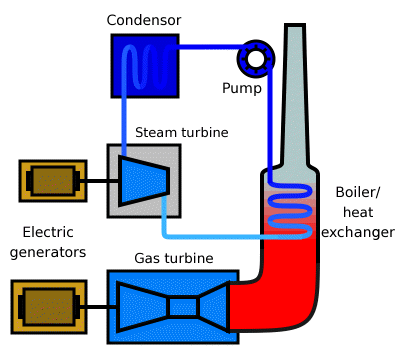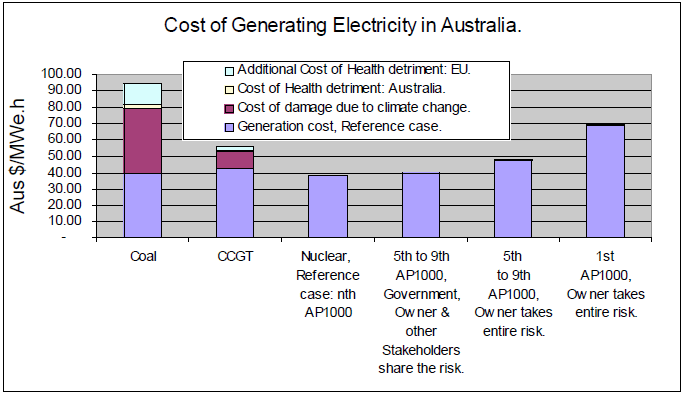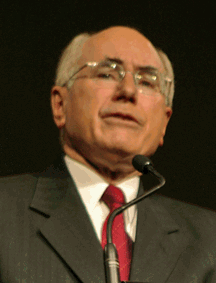|
Editorial-31 May 2006 |
|
|
|
|
|
|
|
An overcast day in the middle of a Sydney winter, Estragon decided, was not a time to occupy a bench in the Botanical Gardens so he crossed Macquarie Street to the Intercontinental and looked into The Cortile to see Vladimir sitting at one of the tables staring at the screen of a laptop and nursing a half empty cup of tea.
|
Estragon: I see The Cortile's egalitarian approach to serving anyone with the price of a pot of tea hasn't changed.
Vladimir: One of the delights of life. If you order some tea, you may even qualify.
E: What's with the laptop?
V: I've had a request for an editorial.
E: Yeah? who from?
V: Him. The Silver Blonde asked me to meet her here and said he wanted "an incisive" 700 words by Thursday and left the laptop with me.
E: 700 words on what?
V: My call.
E: You seem to have a blank screen in front of you -- you waiting for inspiration?
V: Nope, just narrowing the options.
E: I see; does that mean you do or you don't want assistance?
V: If you're offering, I wouldn't mind bantering with you.
E: I don't banter.
V: Pontificate?
E: That's unkind.
V: Well then, any views on Brigadiers leaving sensitive CD-ROMs in publicly used computers?
E: Not worth
discussing but I'm reminded of Harry Truman's comment
V: That's certainly incisive. Well, what about nuclear power?
E: A good thing to have on your side.
V: I mean the building in Australia of nuclear power plants for electricity generation and Prime Minister Howard's call for a far reaching debate.
E: A carefully crafted obfuscation by Mr Howard.
V: How so, oh cynical guru?
E: Do you remember a Chief Scientist named Robin Batterham?
V: Vaguely.
E: Well, now perhaps you remember that as a simultaneous employee of Rio Tinto while doing duty as Australia's Chief Scientist he recommended that all we had to do is to sequester CO2 1,2 from coal fired power plants to become green as the green and golden bell frog. It would be cheap, effective, was well proven, all that sort of good gear.

V: As I said vaguely. So what happened to him?
E: As I read it, the perception of conflict of interest got sufficiently strong that he was becoming something of an embarrassment to the Coalition government and it was suggested to him that he might decide he preferred to work full time for Rio Tinto.
V: And sequestration?
E: Funny that, you don't hear all that much about it these days. In any case Batterham left off advising the government on matters scientific in May last year.
V: And they chose a replacement?
E: Well, these things can't be rushed. Great soul searching ensued and finally after nine months, at the end of February, the president of the Australian Academy of Science, retired plant geneticist Jim Peacock was designated Batterham's replacement.
V: Estragon, where's all this taking you -- remember -- nuclear power, carefully crafted obfuscation...?
E: Patience, Vlad.
Batterham resigns in May 2005. On August 10 the then Minister for Education, Science and Training, Brendan Nelson, moves outside his portfolio and in a National Press Club address tells his audience an informed debate on the merits of nuclear power was needed and said that he believes nuclear energy is likely to be used to power Australian homes within 50 years.
V: And you don't think he thought that out all by himself.
E: You're being facetious again, Vlad.
But to continue, immediately it was announced that Jim Peacock was appointed Australia's Chief Scientist, he stated publicly, "In my view, I think it's really time to reassess and discuss the possibility of using nuclear-based power." and then on May 5 in his valedictory he told the Fellows of the Australian Academy of Science,
As the President [of the Australian Academy of Science] you have many national responsibilities, particularly in the area of communicating science based positions relevant to policy at the federal and even at the state level, and in presenting issues for public discussion. One such issue put forward by ourselves and the technical science academy recently was the discussion of the place of nuclear power in the global effort to reduce carbon dioxide emissions. The government is currently considering the approach that John Zillman [President of the Australian Academy of Technological Sciences and Engineering] and I made to the Prime Minister. And the Prime Minister, at the time, responded positively to the suggestion that this is something that we need to look at, put the facts right and perhaps then engage in extensive discussion in the country. So the matter is still under consideration at the moment.
V: And you think they... may have been prompted.
E: Who knows? Perhaps not. But on May 26 the current Minister for Education, Science and Training, Julie Bishop comes out saying there's a strong case for nuclear power generation in Australia. and alludes to a 267 page report Introducing Nuclear Power to Australia written by John Gittus whom she refers to as an independent consultant.
V: And you being the voracious reader you are, have devoured and fully digested it.
E: No doubt about it, Vladimir, you're a sweetheart; no I haven't read it, because what's been made available to the hoi polloi is the seven page synopsis.
V: So you've read the synopsis and you have concluded?
E: Bugger all, it tells you nothing because you have no way of checking on the assumptions made or the actual models used.
We are told that Nuclear Power has been compared with "Coal" and with CCGT.
V: Coal and what?
E: CCGT = Combined Cycle Generating Technology, which simply means you burn the fuel so it spins a turbine similar to a plane's jet engine which spins an electric generator. You also pipe the heat to a boiler which generates steam which is used to spin a second generator, here I'll show you.

V: Clever.
E: Yap, and to hear them's as manufacture them they are rather efficient, and the most sophisticated ones (and dearest to construct) are the Integrated CCGTs using synthetic gas obtained through the gasification of coal as a source of fuel. From the synopsis provided by ANSTO you have no idea of just what design(s) were examined by the "independent consultant" Here's the one graphic provided in the synopsis. Quite apart from any other considerations I don't see private enterprise without considerable subsidization building the first one or even the first half-dozen.
V: Any other caveats?
E: Oh a few, there's no mention whatsoever of developing either renewable sources of energy or geothermal sources. You know it might be quite edifying were a series of debates held between Professor Gittus and Amory Lovins.
Lovins heads the Rocky Mountain Institute whose stated purpose is to fosters the efficient and restorative use of resources to make the world secure, just, prosperous, and life-sustaining. We do this by inspiring business, civil society, and government to design integrative solutions that create true wealth.

V: And Lovins does this as a free public service?
E: No fear he gets paid substantial fees for his non-profit institute's services, which currently has an annual budget of near US$6 million.
In the case of Professor Gittus he together with Michael Dawson now run Lloyds of London Insurance Syndicate 1176, the biggest commercial insurer of nuclear power stations and other facilities in the world.
I reckon as a series of public debates it could be a lively and informative affair.
V: Estragon, after this extended preamble of yours, let's get back to this matter of the PM's obfuscation.
E: Just coming to that, lad. From the Australian Government's viewpoint and considering the strong bond between it and the coal industry together with the government's strong interest in furthering uranium mining, I'd suggest that the building of nuclear power plants per se is of little interest, but fostering uranium mining and export is. On the other hand the fostering of coal-based electrical power generation while shrouding from consideration renewables and geothermal power generation but trying to give the impression of addressing the reduction of atmospheric contamination are desirable.
V: You're telling me that Mr Howard is in the process of manipulating the population so that by its rejection of nuclear power it will support coal-fired electrification and will give scant thought to alternative sources of energy?
E: If I'm not mistaken that's a new waiter baring down upon us. You buying or do I.
V: It's your shout and I'll have Earl Grey.
E: I suppose if it was good enough for Douglas Adams, I'll indulge you -- this once.
Alex Reisner
The Funneled Web

